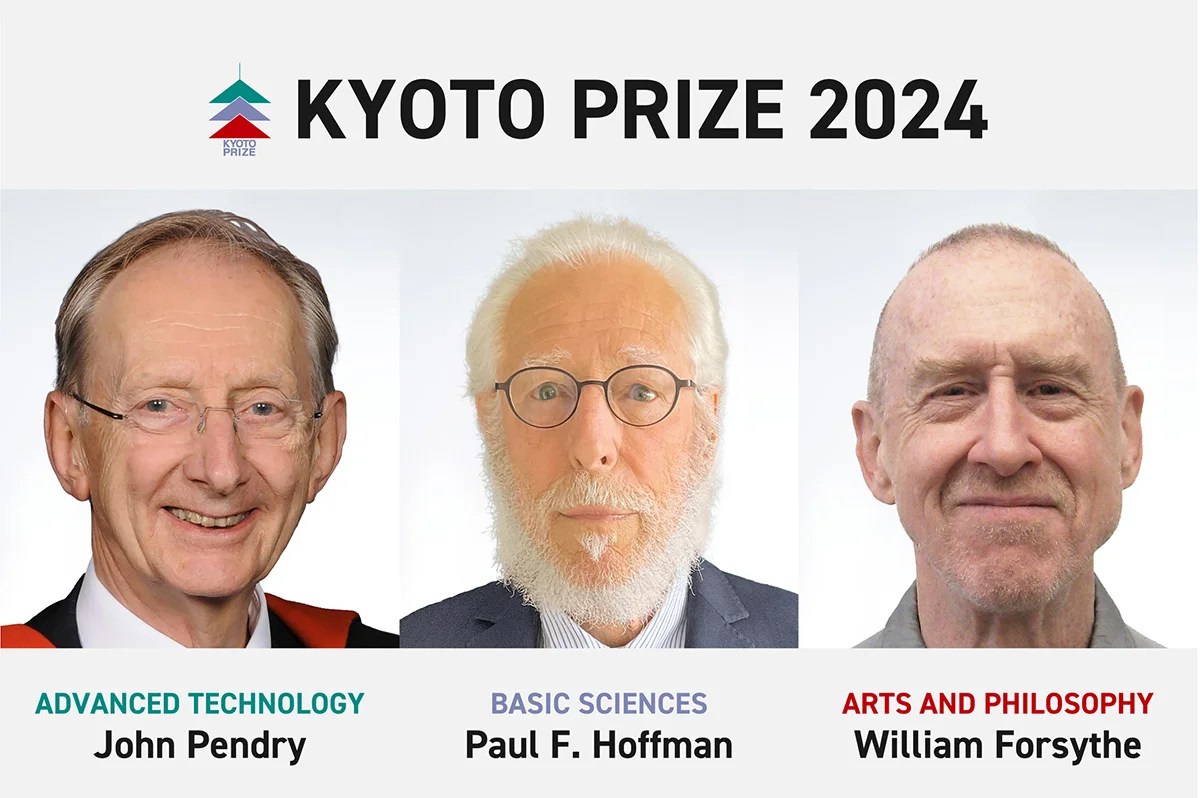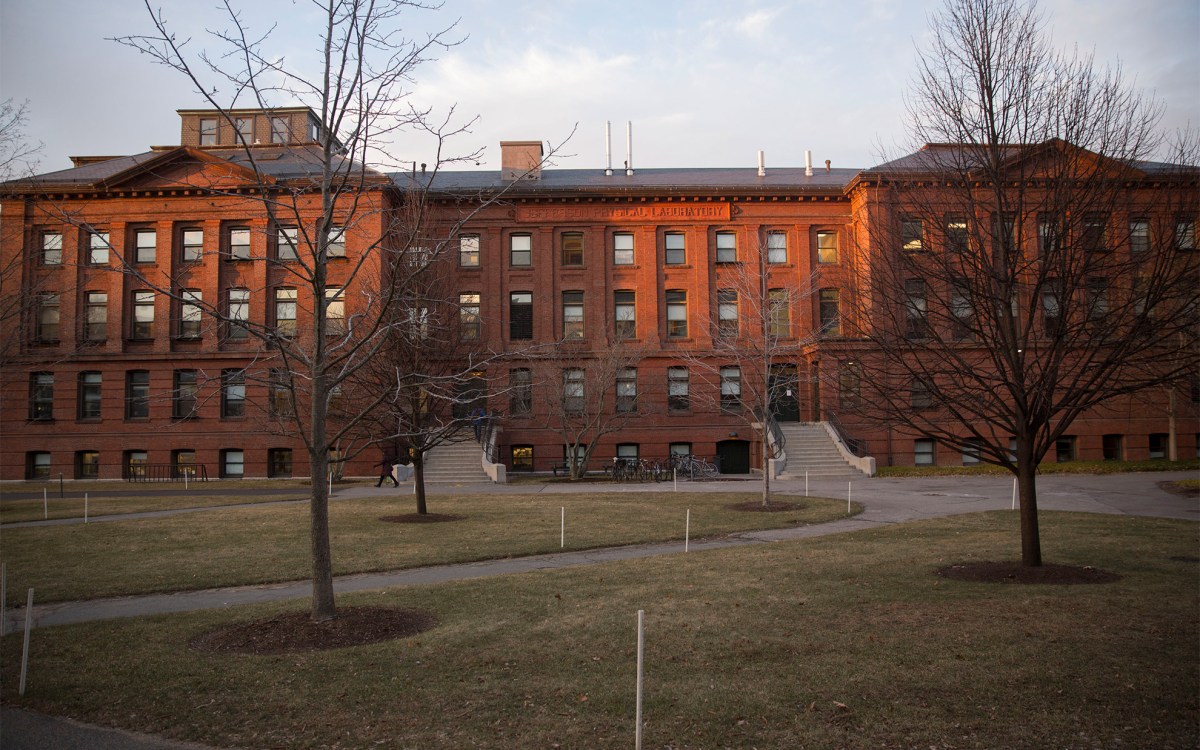Geologist Paul Hoffman receives 2024 Kyoto Prize

Winners of the 2024 Kyoto Prize.
Courtesy of Inamori Foundation
Harvard geologist Paul F. Hoffman has been named a 2024 laureate of the Kyoto Prize. The Sturgis Hooper Professor of Geology Emeritus, Hoffman received the honor in recognition of his work in Earth evolution and plate tectonics.
The Kyoto Prize recognizes Hoffman’s groundbreaking achievements in the “snowball Earth” global freezing theory, as well as his discoveries about plate tectonics of the deep past made through accumulation of extensive and high-resolution field surveys over the last 50 years.
The Kyoto Prize is an international award of Japanese origin presented to individuals who have made significant contributions in the fields of science and technology, as well as the arts and philosophy. Each laureate is presented with a diploma, a Kyoto Prize medal, and prize money of 100 million yen per category. The prize ceremony will take place Nov. 10 at the Kyoto International Conference Center.
By the late 1980s, lines of evidence emerged that glaciers existed around the equatorial region approximately 600 million years ago. A possible explanation, the “snowball Earth” hypothesis, was proposed in 1992, which assumed that the Earth’s surface was fully covered with ice. This bizarre scenario appeared unrealistic to many researchers, and academic circles paid it little attention. It seemed impossible for the Earth to return to warmer conditions following a fully frozen state.
Hoffman has conducted geological surveys in Namibia, Africa since 1993, where he has investigated similar glacial deposits capped by abnormally thick carbonate strata, or cap carbonates, that are deposited in warm oceans and observed worldwide. His carbon isotope analyses revealed convincingly that biotic activities ceased immediately after glaciation. This result is concordant with the snowball Earth hypothesis.
Hoffman further demonstrated that the snowball Earth condition occurred twice during the period of 720-640 million years ago. These drastic environmental changes on a global scale may have driven the rapid diversification of animals in the Cambrian period approximately 520 million years ago.
Based on extensive and detailed field surveys in Arctic Canada, Hoffman also demonstrated that the core of the present North American continent formed approximately 2 billion years ago by multiple collisions and mergers of several major continental blocks. He revealed that the supercontinent cycles of repeated assemblies and breakups of smaller continental blocks took place 4–5 times from approximately 2.5 billion years ago to the present. Thus, he demonstrated that plate tectonics dates back to the first half of the 4.6 billion years of Earth’s history.
Throughout his lifetime geological research, Hoffman has shown that the essential factor for making Earth habitable was the interaction between the solid Earth, atmosphere, hydrosphere, and even the biosphere. He is still actively continuing his research.
Co-winners of the Kyoto Prize are theoretical physicist John Pendry and choreographer William Forsythe.





